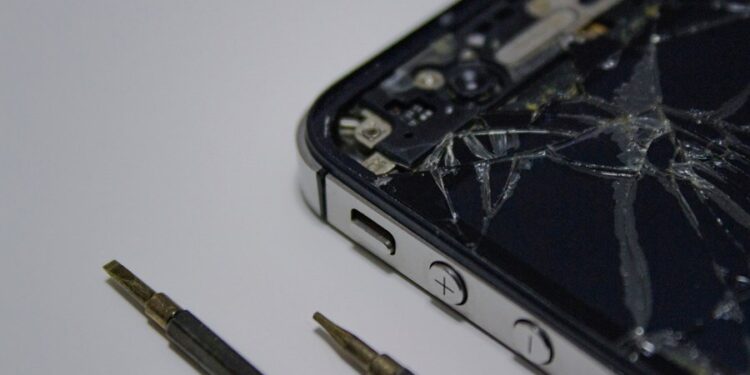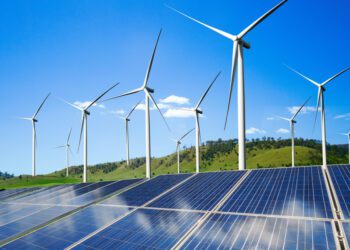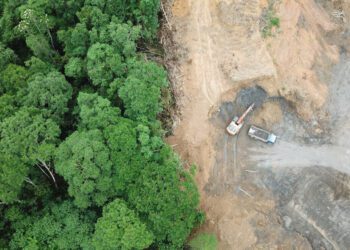Think of the largest cruise ship. Then imagine how much it weighs – just over 100,000 tonnes, in fact. Now think about 500 of those ships, and what they weigh. That is the staggering amount of new electronic waste that we generate every year.
Over 53 million tonnes in 2020 alone, according to the Global E-waste Monitor. And every year there will be more, with 74 million tonnes projected for 2030. But today, only about 10 million tonnes of e-waste gets truly recycled, meaning we are recovering the metals and other valuable materials, including nickel. The remaining 43 million tonnes of e-waste, estimated to contain recoverable material worth around US$55 billion, is not recycled, and is landfilled instead. Cellphones, computers, TVs, appliances and other electronic components which we use every day are finding an unsatisfactory end-of-life.
Complex recovery
There is nickel in the e-waste, although the amount depends on the particular electronic components being recycled. Recovery is quite complex, as nickel is a “social metal”, mixing well with most other metals.
Typically, the nickel content may be between 0.5 and 2% of the total weight of a component, far less than its copper and iron content. Nickel is used in electronics for its key attributes, for example as shown by its use in Multi-Layer Ceramic Capacitors (MLCCs).
The precious metals – gold, palladium and silver – even if present in much smaller quantities, may have a larger monetary value. But in the circular economy, we need to recover as much as we can, and the Nickel Institute members are doing their part.
Proprietary processing
Each nickel producer involved in recycling has its own and often proprietary processing route for e-waste. It starts with pre-processing, as e-waste contains a large amount of plastics, ceramics and other non-metallic materials that have a separate path – the metallic fraction is what is of prime interest. Even there, steel in appliances can be magnetically separated out and sent to steel mills for direct recycling. Shredding of, for example, circuit boards and even whole cellphones into small pieces can help in the separation process. Some companies will have a separate recycling line for the various types of batteries, the supply of which for recycling is expected to increase rapidly as electric vehicle batteries come to the end of their life.
The processes involved in recovery of the metals, copper, nickel and the precious metals, involve pyrometallurgy (high temperature), hydrometallurgy (dissolution in acids) or both. Some companies can recover other metals used in electronics, such as indium, selenium, bismuth and other metals present in even smaller amounts.
Important raw material
E-waste has been handled by some of our members for over 30 years now. It is an important raw material, and they are willing to process it in greater quantities in the future. This material, now waste, mined many years ago, can be made into new and essential electronic components to be enjoyed by us all. Even though the amount of nickel in e-waste is relatively small, the nickel industry is a valuable partner with society in accomplishing the goal of creating a circular economy.
(Courtesy The Nickel Institute)











